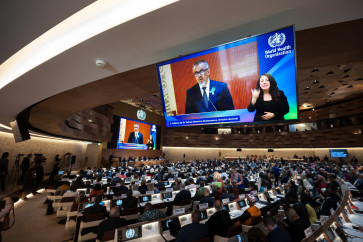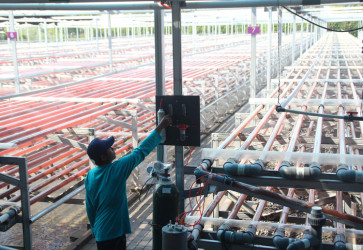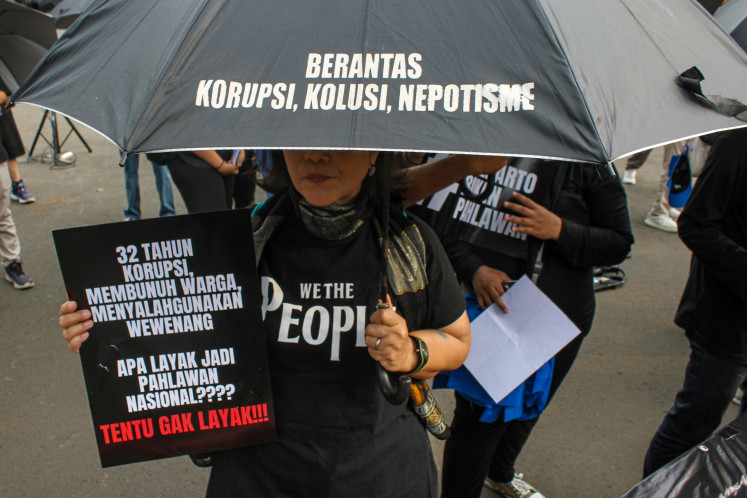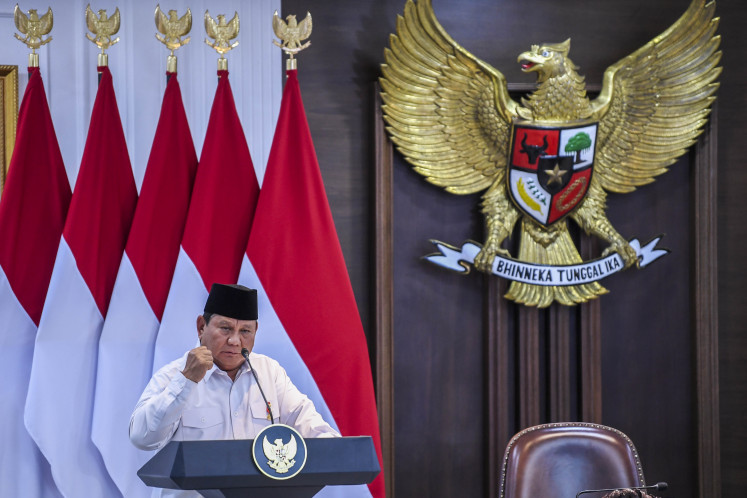Kuta beach declared safe for swimming
After issuing an advisory against swimming at Kuta beach due to a bacterial contamination last week, authorities declared on Tuesday that the water was now safe, thanks to the natural recovery process that only takes several days
Change text size
Gift Premium Articles
to Anyone

A
fter issuing an advisory against swimming at Kuta beach due to a bacterial contamination last week, authorities declared on Tuesday that the water was now safe, thanks to the natural recovery process that only takes several days.
Head of the Ngurah Rai Fish Quarantine Laboratory, Putu Eka Sudaryatma, said various tests had been conducted on samples of the seawater from Kuta in the five days since the suspected bacterial contamination was reported.
The water quality tests included pH measurements, dissolved oxygen and nitrite levels, a bacteria count and a biochemical test.
Putu said that the bacteria normally do exist in the water, but at a level below 106 colony form units (CFU) per milliliter of water.
“We found that, last week, the level had increased to above that range, causing the plankton to die and the water to turn into a turgid brown,” he said, declining to identify the bacteria.
“But thanks to the natural recovery process, including heavy rain and strong wind that affected the condition of the seawater, we discovered that the level of bacteria had returned to normal by the fourth day, at around 104 CFUs per milliliter, and that the pH level of the water had also turned to normal,” he added
Therefore, it is now safe for tourists to swim at Kuta beach again, but they should remain alert for “brown spots” in the water because they indicate bacterial contamination, Putu said.
Last week, the laboratory official advised tourists not to swim at Kuta Beach, one of the resort island’s most popular tourist sites, due to a reported bacterial bloom in the water.
It announced last Thursday that the bloom caused a drastic drop in the pH level of the water, making it more acidic and killing off large amounts of plankton because the micro-organism could not survive at that level of acidity.
Putu said the appearance of the bacteria was caused by extreme weather that affected the seawater conditions in Kuta.
“This is an unavoidable, annual, natural phenomenon. It might have happened previously, but it was undetected.”
Tourists were advised not to swim at Kuta Beach or nearby areas because of the risk of skin infections or even respiratory problems as a result of coming into contact with the bacteria.
If they absolutely wanted to swim or surf, it was advised that they spend no more than 30 minutes in the water.
The lifeguard unit sounded the alarm of the possible contamination following tests to measure the water salinity.
Normal readings of the test hovered at 30 to 34 millimeters, but at the start of the week they plummeted to 20 mm, a sign of contamination.
As a result of the swimming advisory, tourist numbers at the beach fell drastically in several days.
Anak Agung Ngurah Tresna, head of the Kuta lifeguard unit, said that tourist activities had gradually returned to normal over the last several days.
“None of them asked us whether it was safe to swim, but we had informed them earlier about the recent conditions because we prioritized safety and security for visitors,” he said, adding that there were no more brown spots on the water.









